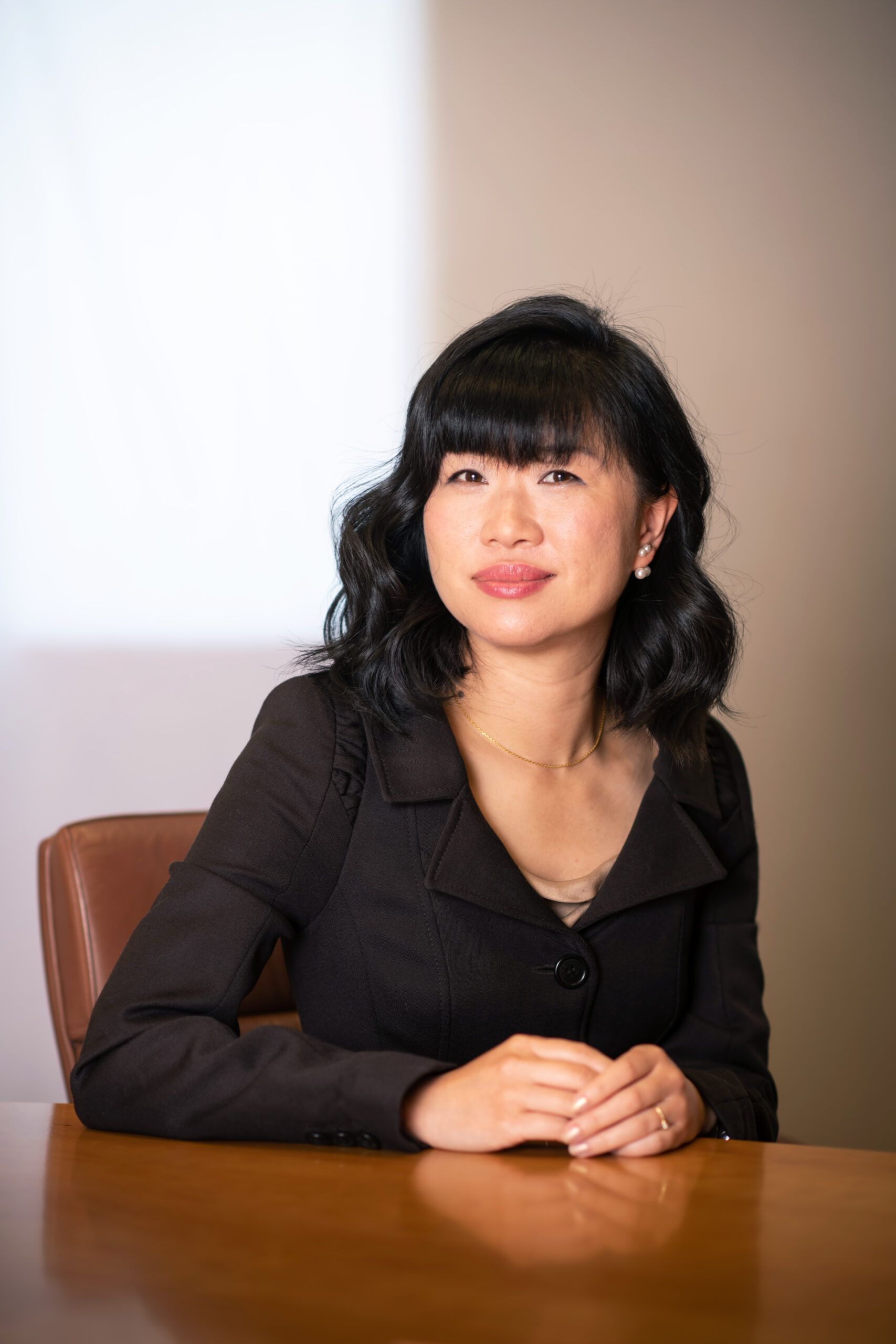
The Bank of Japan (BOJ) may have disappointed investors at the new governor’s first policy meeting at the end of last month when it refused to budge on its ultra-loose monetary policy for the time being, but asset allocators think that the country is finally starting to deliver and not only because of the prospect of tightening monetary policy.
Since the bursting of the asset bubble in the 1980s, investors have struggled to garner much enthusiasm for the country, which has been weighed down by deflation, poor governance and adverse demographic trends to name just a few of its problems.
However, two factors are said to stand in its favour at the moment. Firstly, the BOJ is expected to walk back the country’s ultra-loose monetary policy even if the new governor, Kazuo Ueda, held off on revising the central bank’s yield curve control policy at the 28 April meeting.
Secondly, and perhaps most crucially, Japan Inc has been undergoing a radical overhaul in the past few years in the terms of corporate governance, which raises the prospect not only of increased dividends and share buybacks, but also operational and strategic changes, which would further increase shareholder value.
“The interest in Japan right now is a combination of factors. We’ve been through the last 12 months or so of very profound yen weakness on the back of the divergence of monetary policy. A lot of investors or traders are lined up to position for a reversal of that. And the reason why yield curve control was implemented in the first place i.e. a lack of inflation or deflation, is being eroded,” said Joe Bauernfreund, chief executive officer and chief investment officer of Asset Value Investors.
“Then you’ve got the corporate governance reforms, which when they were implemented during the late Mr Abe’s time in office were seen as a catalyst for change. So from our point of view, we see Japan as being very different today to what it has been in the past.”
Three score and yen

The big question mark that looms over Japan is clearly its existing monetary policy. The Japanese market is well-known for its cyclicality so is particularly sensitive to changes in the macro environment, but monetary policy is especially important because of the BOJ’s unprecedented efforts to fight off deflation over the past decade.
In 2016, the BOJ introduced negative interest rates, but also crucially introduced yield curve control as well. As the name suggests, the policy is designed to control the shape of the entire yield curve, not just short-term rates.
In December, it shocked the market when it announced that it would be lifting its cap on 10-year government bond yields to 0.5% from 0.25% currently. Although the BOJ played down its significance, investors interpreted it as a signal that it was beginning the process of unwinding its ultra-loose monetary policy.
Recent signs have been less encouraging as Ueda has stressed the importance of yield curve control and in his first meeting declined to change tack, but he at least announced a comprehensive review of the BOJ’s monetary policy.
“To back up that point, at that meeting in December when they surprised the market with their yield curve control, of the 47 economists at Bloomberg, zero expected them to do what they did.”
Dan Hurley, portfolio specialist, international equity division, T Rowe price
Asset allocators FSA spoke with were adamant that Japan was on the path to interest rate normalisation, pointing to recent inflation prints as evidence, hitting a 41-year high in February. The fact that the yen already depreciated so much last year because of monetary policy divergence with the US is an extra filip.
“We’re really following the data here to suggest they will tighten policy. To back up that point, at that meeting in December when they surprised the market with their yield curve control, of the 47 economists at Bloomberg, zero expected them to do what they did. They love to have that surprise element up their sleeve to control monetary policy,” said Dan Hurley, portfolio specialist in the international equity division at T Rowe Price.
“And if they do start to normalise monetary policy, then you could see a very sharp strengthening yen and then effectively foreign investors will be able to buy a cheap market because it’s discounted anyway, but one where you will also have a 10, 15 percent kicker on the currency as the currency starts to appreciate.”
Governance galore

So why is Japan discounted so heavily in the first place? According to its most recent factsheet, the MSCI Japan index trades at a price-to-forward earnings ratio of 13.35x compared to 16.45x for the MSCI World.
That discount for the Japan index is lower than the historical average as Japan was not immune from last year’s sell-off, although it still consistently trails the MSCI World index and to an even greater extent the S&P 500.
Asset allocators FSA spoke with pointed to lacklustre corporate governance as being the primary factor, in particular Japanese corporates’ tendency to hoard cash, which inevitably depresses their return on equity.
The encouraging thing is that there are signs that this is improving. Japan’s adoption of the Stewardship Code in 2014 and the Corporate Governance Code in 2015 has been seen as an important watershed.
According to research from MSCI, in 2014, there were 54 constituents of the MSCI Japan index that were assessed as having zero independent directors, whereas today all constituents have at least one director who is considered fully independent.
“It’s really during the last two or three years that we’ve gone through this inflection point where now I genuinely feel everyone’s on board. Everyone gets this isn’t a fad anymore; this is de-politicised,”
Sunny Romo, equities director, M&G Investments
Asset allocators FSA spoke with noted that the practice of corporate governance was now being institutionalised. For example, in late February, the Tokyo Stock Exchange said it would request companies trading below book value to come up with capital improvement plans.
Hedge funds like Point72 Asset Management and Citadel are also flocking to Japan en masse due to the reforms, while anecdotally asset allocators noted that Japanese companies are becoming a lot more willing to engage with foreign investors.
“If you look at what Japanese companies have done during the last 10 years, it’s pretty astonishing how far they’ve travelled. It’s really during the last two or three years that we’ve gone through this inflection point where now I genuinely feel everyone’s on board. Everyone gets this isn’t a fad anymore; this is de-politicised,” said Sunny Romo, equities director at M&G Investments.
Under the radar
Regardless of any structural reforms or even a shift in monetary policy, returns in Japan’s equity markets have actually been better than a lot of foreign investors may realise as this has been obscured by a weaker yen.
Besides a weaker yen, the relatively robust performance of Japanese corporates has been belied by the fact their standing in the MSCI World Index has fallen at the expense of emerging markets like China and India.
According to MSCI, from early 2013 through to June last year, Japanese stocks gained more than 160% in Japanese yen terms. While this trailed US equities over the same period, this was enough to outpace European equities.
“It’s a market that I think if you’re going to make a passive allocation to, you’re going to miss out on the really attractive opportunities that exist. And that’s where the real prize is, I think.”
Joe Bauernfreund, chief executive officer and chief investment officer, Asset Value Investors
“Extrapolating what Japanese corporates have been able to deliver in the past 10 years, we don’t see why for the next 10 years, it can’t be repeated at a similar level or if not higher in which case we’re looking at eight, nine, 10 percent of growth,” said M&G’s Romo.
“Then we’re still seeing dividends. We’re still seeing buybacks. And without any macro level sort of growth, we are looking at mid-teen returns for Japanese equities per year for the next 10 years. I don’t know how many other equity markets can plausibly claim that sort of growth.”
According to asset allocators, the returns are even greater for those that employ a bottom-up approach given the fact that Japan has around 4,000 listed companies and compared to most developed markets the level of sell-side coverage low.
This, along with all the other tailwinds Japan is benefiting from, is the reason why this time the opportunities in Japan should not prove ephemeral.
“It’s a market that I think if you’re going to make a passive allocation to, you’re going to miss out on the really attractive opportunities that exist. And that’s where the real prize is, I think. And that’s why Japan’s equity market performance should continue for a number of years if investors recognise this. There’s a lot of hidden value in the market,” said Asset Value Investors’ Bauernfreund.

















